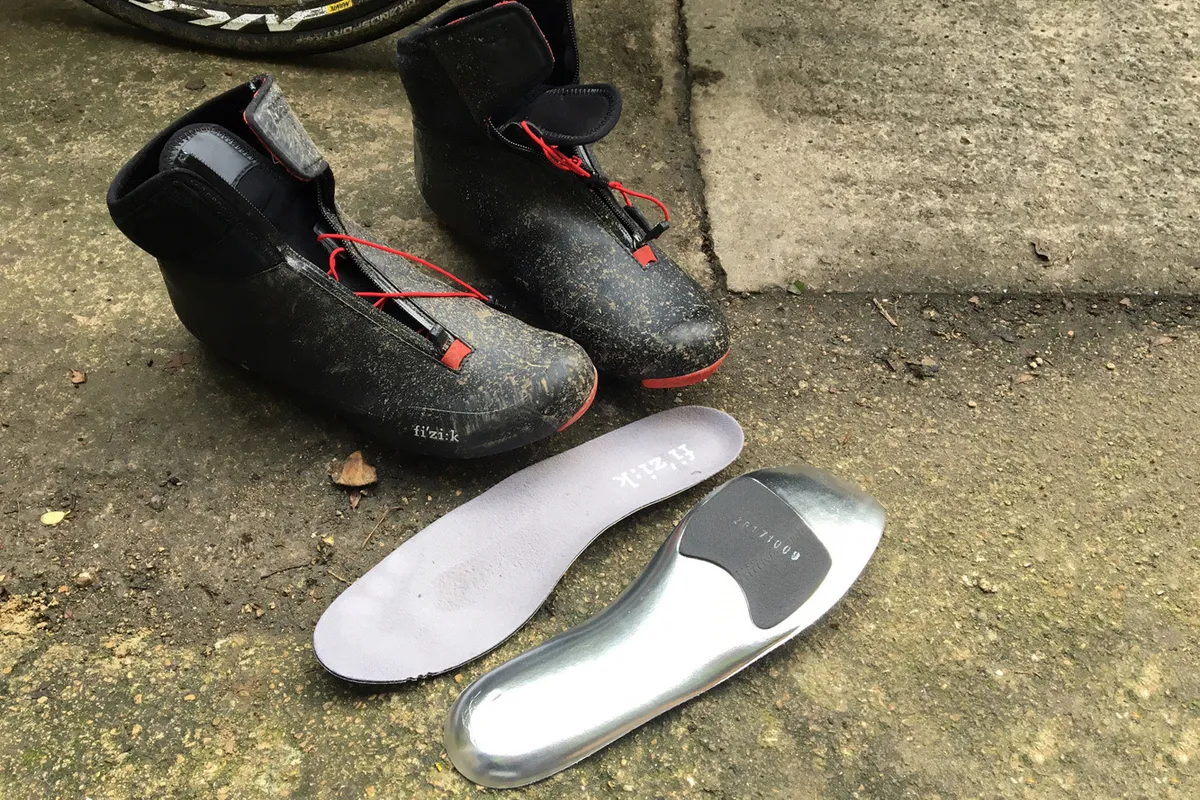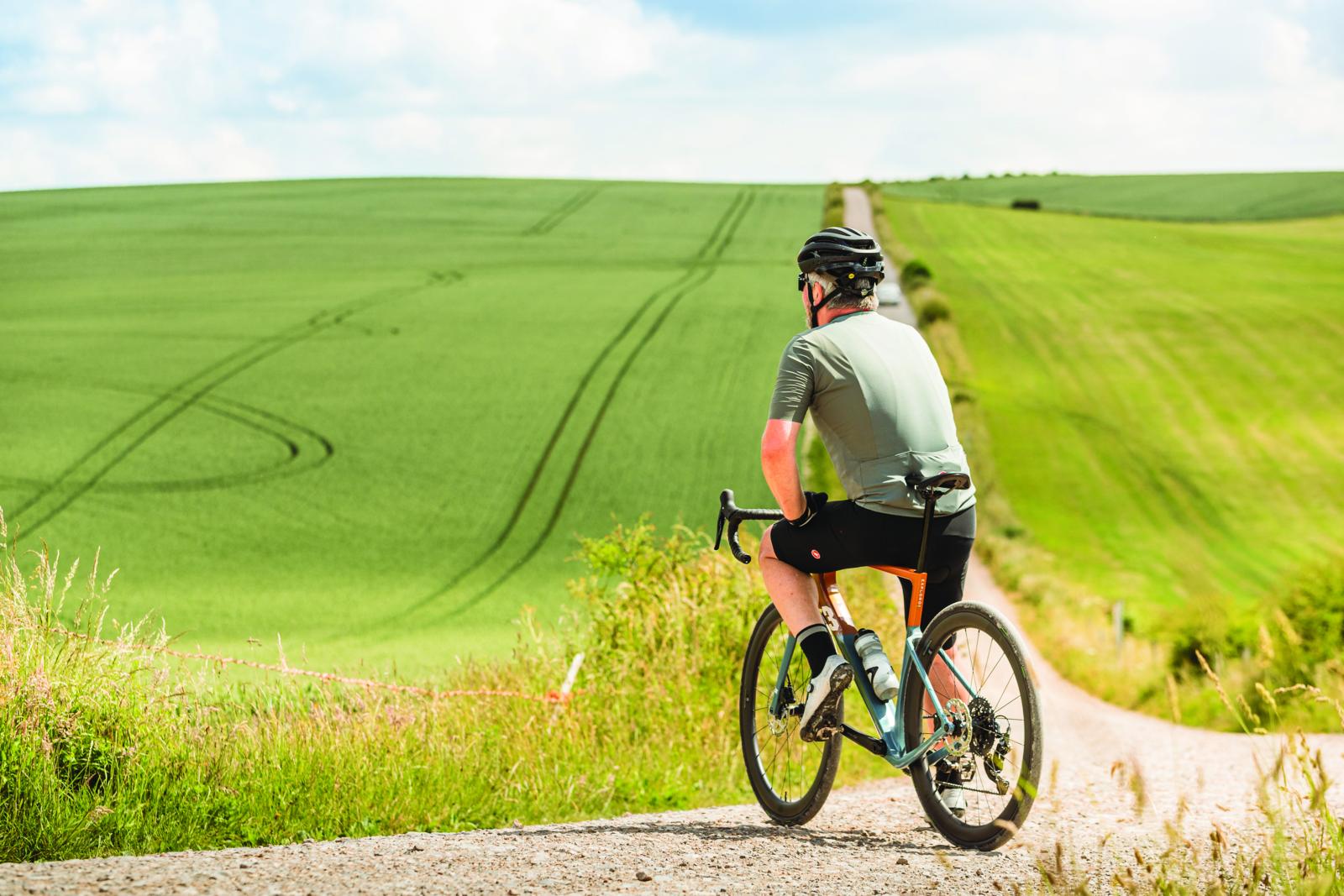For many years, when the weather turned wetter and the temperature dropped, my usual clothing regime saw me dig out some thicker socks and dust off a pair of overshoes.
Like many, I’d opt for a pair of cheap neoprene overshoes, pull them over my standard road shoes, and get out and ride.
Simple, right? Well, no, not exactly.
About a decade ago, we started to see prices rise for all things cycling, especially clothing. So, where a pair of the best overshoes would set you back around £30 / $35, suddenly a pair of classic neoprene-based overshoes rose to around £50.

Today, you’re looking at £65 / $75 or more for a pair – still cheaper than a pair of winter shoes, right?
Well, not for me, or for many others who clock up decent miles riding through the winter.

My job – testing bikes and kit – doesn’t stop when the weather turns bad, and I can’t really test bikes, tyres, winter clothing and more sat in the warmth of my garage spinning on a smart trainer, can I?
So that means I’m out on a bike four to five days a week. Although overshoes offer decent protection, I haven’t found any that can stand up to the rigours of my routine. I’m sure that’s the case for many other riders too.
The process of getting wet and muddy, stretching them on and off, drying, cleaning and repeating is a tough life for any winter cycling clothing. These simple booties are doing a lot of hard graft.
I never managed to find any that lasted more than a month or two before failing. I’ve had seams split, the material tear and fray around the cleat hole, wear at the heel, split at the toe, waterproofing fails, zips that seized or corroded, even hook-and-eye closures (let’s just say Velcro shall we) wrinkling, splitting, clogging and cracking.
It all adds up

During my last autumn/winter of riding in overshoes, I destroyed six pairs between October and April.
This is just wasteful – ruined overshoes are destined for landfill, which isn’t great.
Then there’s the cost – if you take an average price of, say, £50 a pair, that’s £300 per annum just to keep my feet almost dry.
Even the very best overshoes around aren’t flawless.
Spatz’s clever take on overshoes, with their long mid-calf shape and super-close fit and made from a material impervious to water, are all well and good. However, they still have openings in the sole for the heel and cleat.
Experience has taught me that water will find a way if there are any gaps in your system.
Plus, if you combine overshoes with your standard road shoes, those shoes will undoubtedly have vented soles. That's just somewhere else for water to get in, no matter how good an overshoe you’re using.
Winter boots for the win

Winter boots take better care of your feet. Plus they take the hassle out of winter riding.
They are far tougher, longer-lasting and better at keeping moisture out and warmth in. They also just need a wipe down after use and, if they get wet, a night of close proximity to a radiator means the next day they’re good to go.
Forget trying to wash off grime and grit, and trying to turn overshoes the right way round with freezing hands. Ever tried to get mud out of Velcro? Frankly, life's too short.
Not all winter boots are equal

Now here’s the rub – I know I just exalted the use of boots over booties, but getting the right boots isn’t that simple. There are a lot of brands that simply get winter boots wrong, at least for riding in the UK.
To start, many boots have a design that doesn't cope well with riding in the wet.
For example, the ankle-boot approach favoured by the likes of Fizik and Sidi is great for when it’s cold and dry, but they don’t cut it when it’s wet.
Details such as unvented soles, thermal linings and proper waterproof membranes are great, but when the mouth of the ankle can’t be cinched up properly against your calf, that’s a huge opening that water can run into.
Fizik got it right on the original Artica R5, then replaced it with the admittedly cooler-looking Artica GTX… and dropped the ankle design that had worked so well.
Shimano bizarrely discontinued the great-value and high-performing RW5 – a boot that didn’t cost the earth, fitted great, and was both warm and kept water out.
It’s also noticeable how many winter boots reuse their standard vented road soles and rely on the internal membrane to keep water out (hint: it doesn’t).
My personal favourite remains my still-going-strong Artica R5 (£190 back in 2019).
For gravel riding, it’s the epic Northwave Himalaya.

Lake needs to be praised highly for doing winter boots properly with the superb CX146 and DMT’s clever, lightweight WKR1 boots are great for the rain, if not the cold.
The perfect winter boot doesn’t exist… yet

Over-built and full-protection boots from the likes of Lake and Northwave perform well, but still aren’t impervious. Water and the cold always find a way through.
There is hope – combine the best properties of a shoe such as Lake’s CX146 with the gaiter-style top section of Spatz’s overshoes or Q36.5’s Rain Overshoes and we'd be onto something.
Until then, I’ll keep riding through the rain, sleet, mist and muck using boots rather than booties, safe in the knowledge I’m saving cash and staying warm and relatively dry.

